The Datsun 240Z is one of the most iconic sports cars in automotive history. What makes it such an icon?
Zed’s Not Dead
Nissan’s legacy of building sports cars goes back over 50 years in the automotive industry. Models like the Skyline GT-R, 280Z, 350Z, 370Z, and even the Sentra all gained respect in both the racing and car enthusiast communities. But one model stands above them all and helped turn Nissan into a company known for great sports cars… and it wasn’t even branded a Nissan. That’s right, we’re talking about the legendary Datsun 240Z.
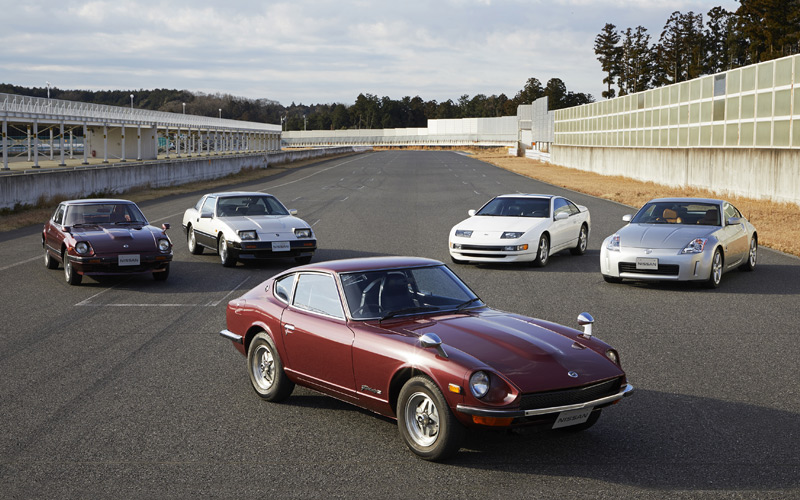
Coming to America
In the early history of Nissan, the company wanted to break into the North American market without having any stigma associated with their Japanese name. Nissan felt that their name had too close of ties with World War II and would not be well received by American audiences. Selling their cars under a different name was their best solution. It would also act as a safety net should the international reception fail.
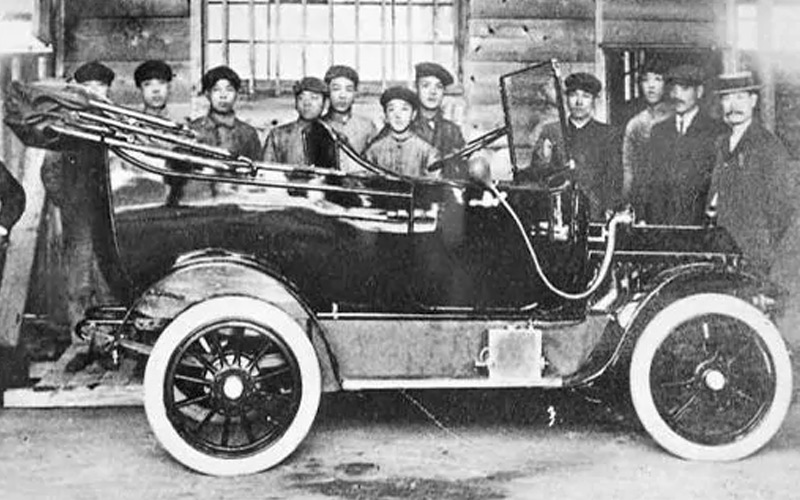
Enter Datsun, a small time Japan based automotive company that primarily sold small trucks prior to World War II and was acquired by Nissan. Under the Datsun name, Nissan was able to give free reign to car designs and ideas that would enter the USA and international markets. But Datsun wasn’t just the beginning of Nissan exporting internationally, it also was the genesis of one of the most well received, affordable sports cars in automotive history.
Welcome the 240Z
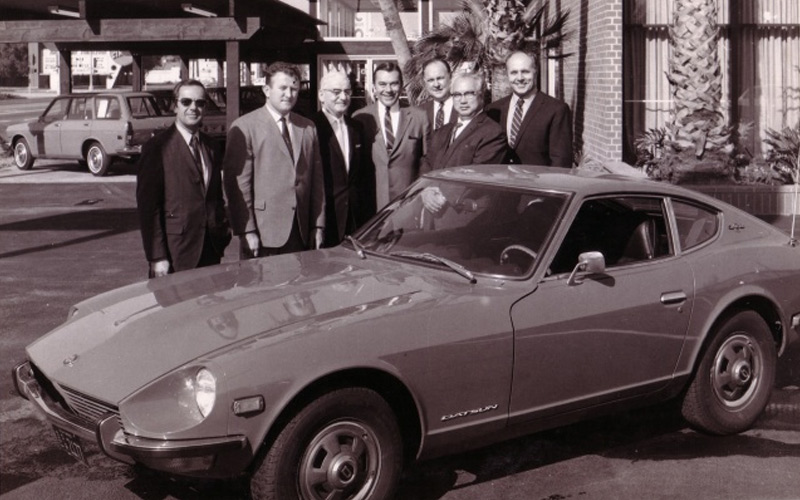
Nissan debuted the Fairlady 240Z in 1969. It was a sporty, affordable coupe created to compete with the likes of Jaguar, Volvo, and Chevrolet. The Vice President of Datsun USA, Yutaka Katayama or “Mr. K”, felt the Fairlady name was not appropriate for the macho American market. So Datsun dropped “Fairlady” from the name and released the car as the Datsun 240Z in the USA.
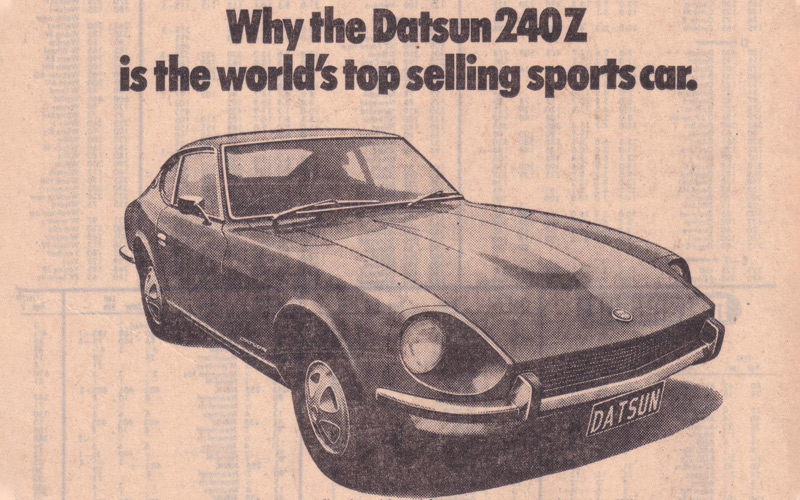
The 240Z was an all-around great car. It boasted excellent performance, a sleek design, and a better price point than its competitors. The Datsun 240Z is one of the few cars to not only compete in the all-terrain East-African Safari Rally but go on to finish and win twice! This just added to its credibility compared to other sports cars of the time, helping it amass over 520,000 units sold over the model’s lifetime! The 240Z set the record for sports car sales of a single model and thus began the legacy of the Nissan Z-Car.
Diving Inside the 240Z
The Datsun 240Z carved its name into the history books, but what is actually powering this esteemed 1970s piece of automotive excellence?
- 2.4L L24 I6 – This engine had a cast-iron engine block, alloy head, direct acting overhead camshaft, and hit 151bhp at 5,600 rpm.
- 5 or 4 speed manual transmission or a 3–speed automatic transmission.
- Independent MacPherson front struts and Independent Chapman rear struts.
- 4.5J 14-inch steel wheels on 175SR14 tires.
The 240Z could do 0 to 60mph in 8 seconds flat and reach a top speed of 125mph. That doesn’t sound all that impressive by today’s sports car standards, but for the early 70s it was a respectable competitor. The capable engine was complimented by responsive and maneuverable handling that was tuned to perfection, utilizing just the right amount of oversteer for the sharpest of turns.
But what does the interior of the Datsun 240Z look like? Surely, they must have skimped on the insides to keep it affordable right? Not really, the interior actually inspires classic racing nostalgia. The simplistic tri-point steering wheel, 5 instrument clusters with 3 built into the center of the dash, leather seats with multiple color options, and all comes together guiding the eye to the shifter, as if to say, “it’s time to take a drive.”
The Ultimate Head Turner
In 1974, Datsun updated the 240Z to the 260Z model, launching the Fairlady Z family of models we know and love today. But this wasn’t the end for the premier Fairlady Z Model, instead it was the inception of the perfect project car. The 240Z has gone on to embrace the styles of different car cultures and continued to impress car enthusiasts with its innovative design.
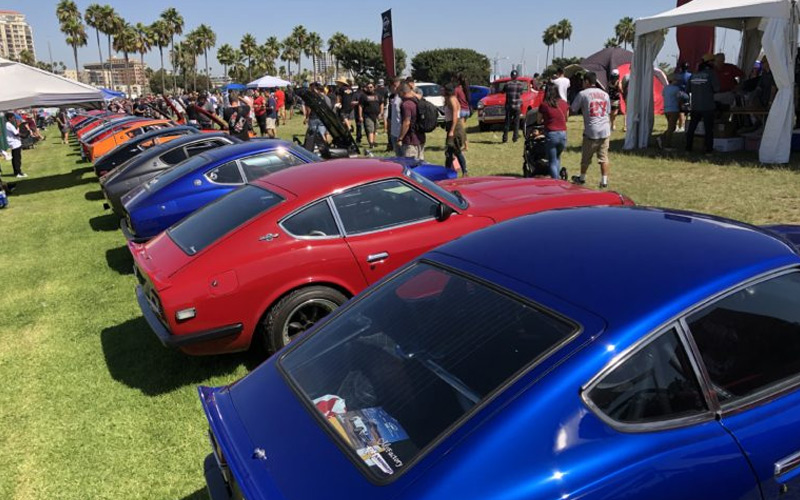
Try for a moment to imagine a car show that doesn’t have a beautifully maintained or restored Datsun 240Z? I can’t picture one. And they don’t get the same passing glance that old Mustangs or Chargers get either. The Datsun 240Z demands your attention when you encounter it. It’s not your typical classic car. Its design appeals to young, old, muscle car enthusiasts, euro enthusiasts. Basically everyone enjoys the look of the 240Z. Its design is hard to improve upon, but not impossible.
Improving on Perfection

Wide body kits, aftermarket exhausts, engine swaps, extreme cambers, lowered suspensions, and spoilers are just some of the staples of the drift and tuner communities. The 240Z screams JDM (Japanese domestic market), and its gorgeous design was hugely influential within these communities. One of my favorite examples is Sung Kang’s (Han from the Fast and Furious movies) custom built, Rocket Bunny widebody kit toting, GReddy Performance tuned Datsun 240Z. Named the “Fugu Z”, it has to be the absolute cleanest looking tuner inspired car.

While the “Fugu Z” won’t see track competition, racing legend John Morton has been racing a 240Z since the car arrived on US shores. John won back-to-back SCCA C Production National Championships in 1970 and ’71 with the 240Z. His success racing for Datsun lent credibility to the company’s racing credentials and further improved sales among American audiences. Today, John and the 240Z are still keeping the legend going, racing at events like the Historic Sportscar Racing Classic at Daytona Speedway.
Is Collecting the 240Z Worth It? (Of Course It Is!)
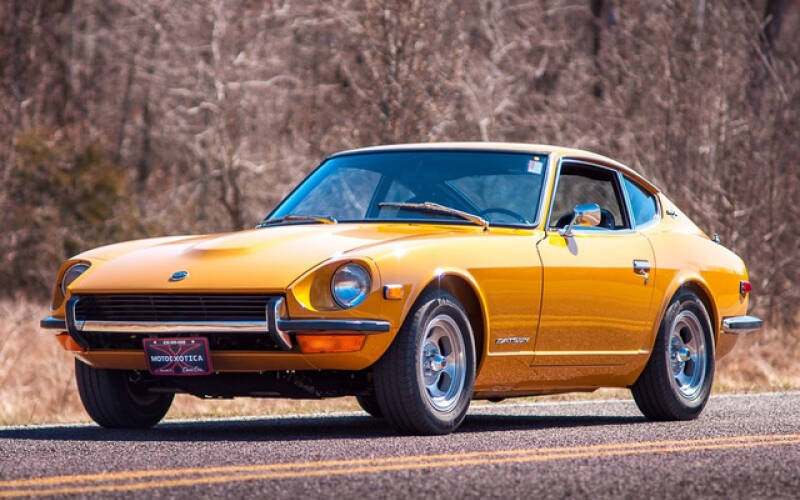
1971 Datsun 240Z – carsforsale.com | Shop Datsun 240Z on Carsforsale.com
The Datsun 240Z was made to be a performance sports car for the everyman. Not only did the car succeed in its goal, it surpassed everyone’s expectations. As a racer, the 240Z went on to win championships on the track and in the jungle. The 240Z was the beginning of the Fairlady Z-Cars, which remains one of the best-selling sports car lines of all time. Based on history alone the Datsun 240Z is a perfect car for nearly any enthusiast. If you have the chance to pick up one of these icons, jump at the occasion and make it yours.


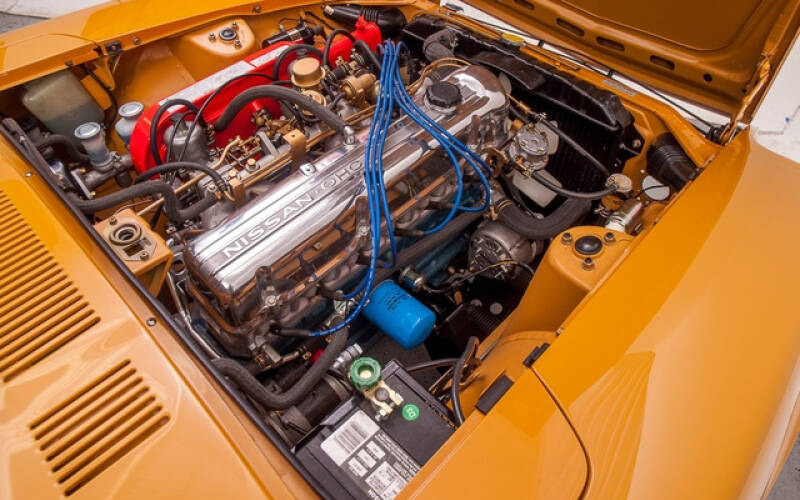
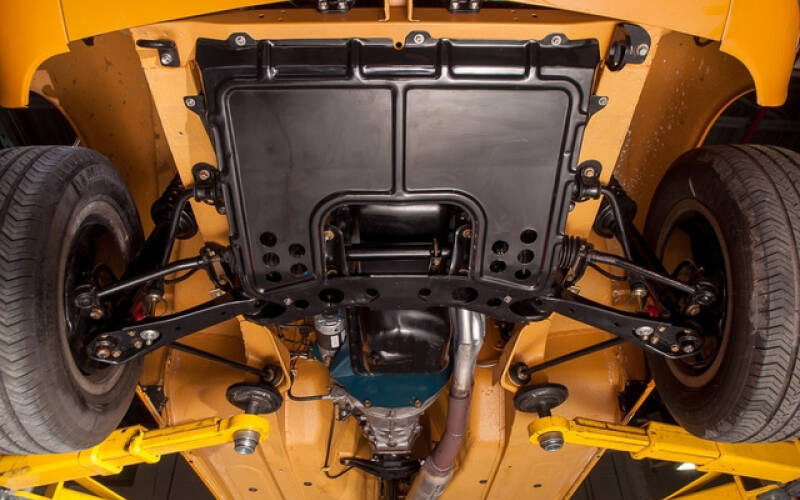
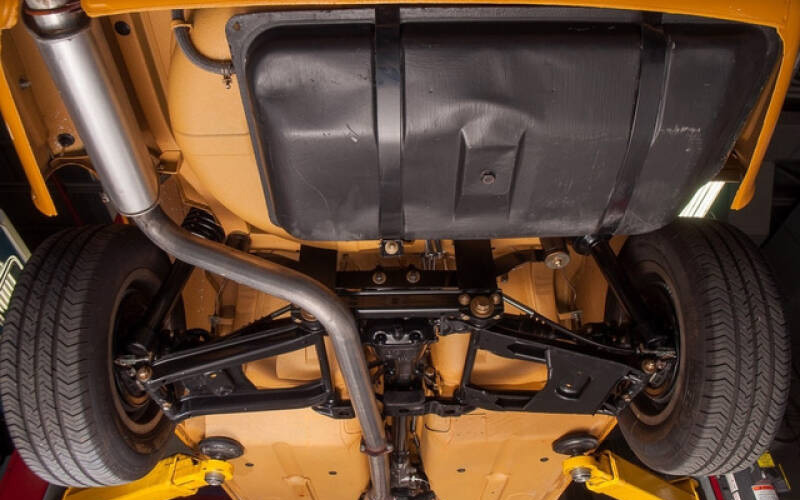
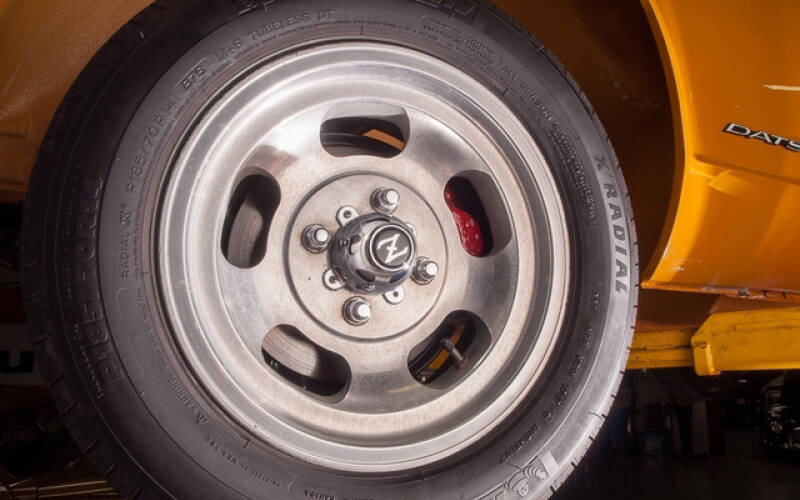
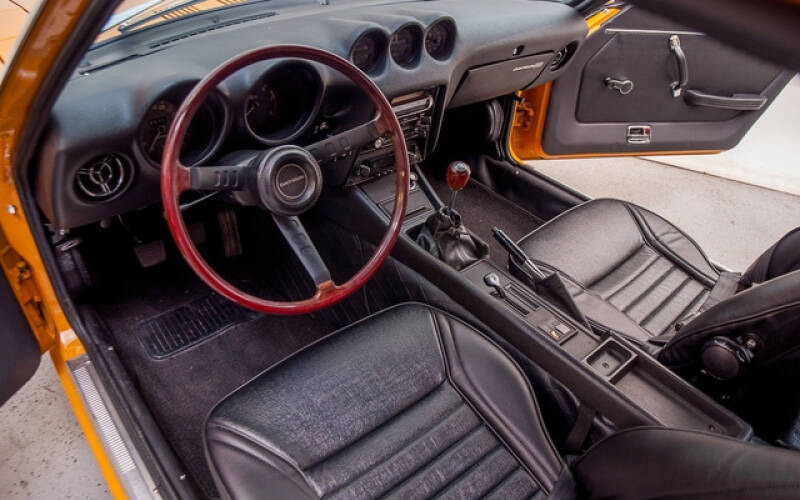
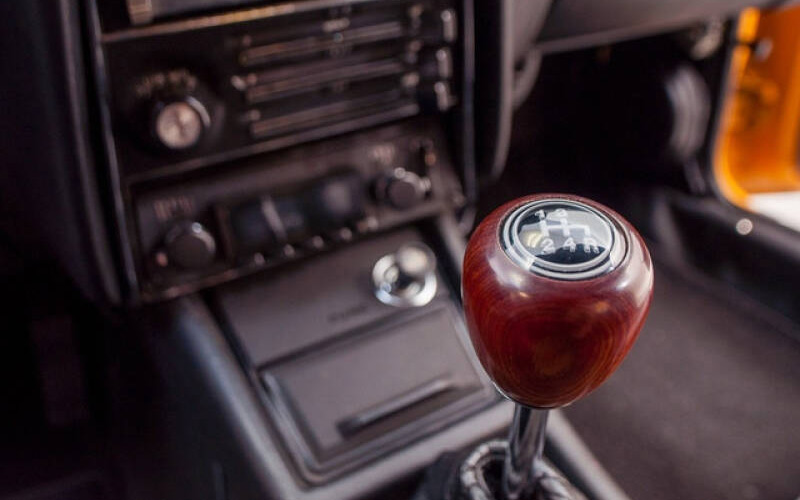
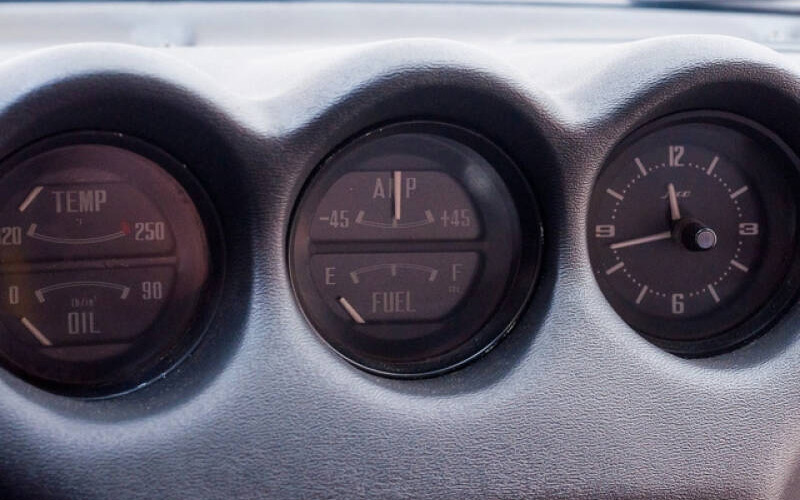
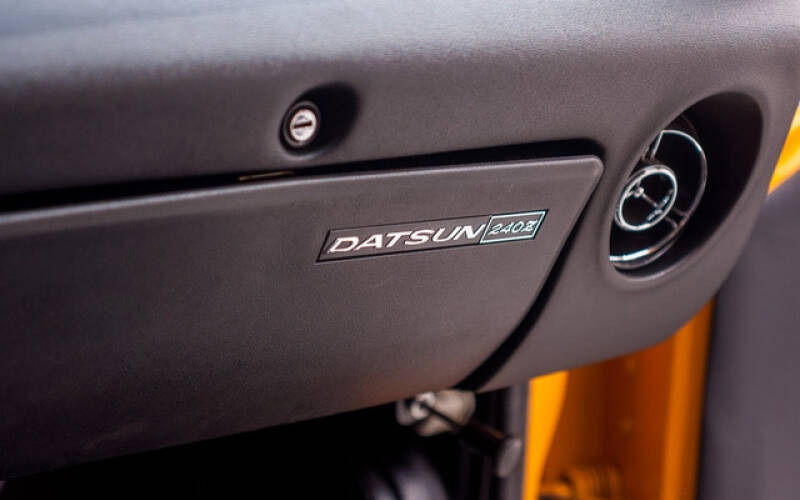
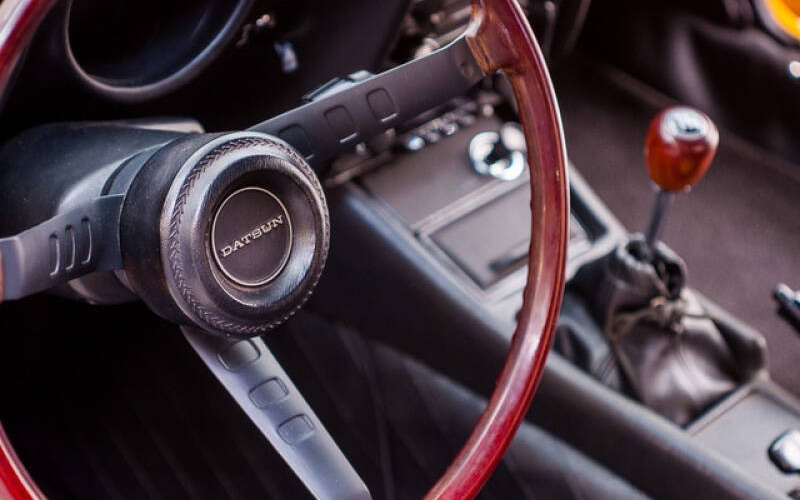

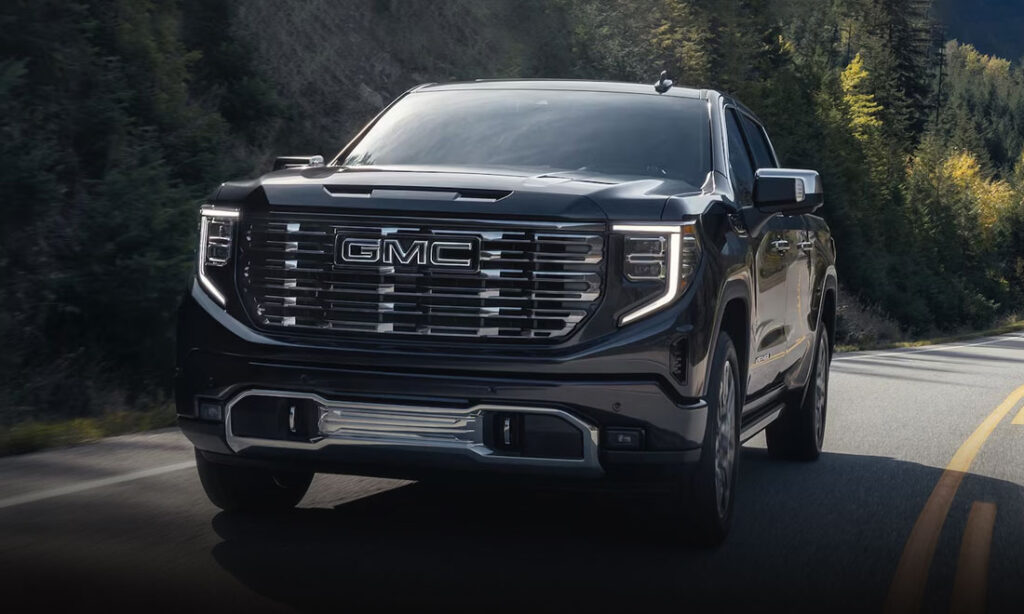
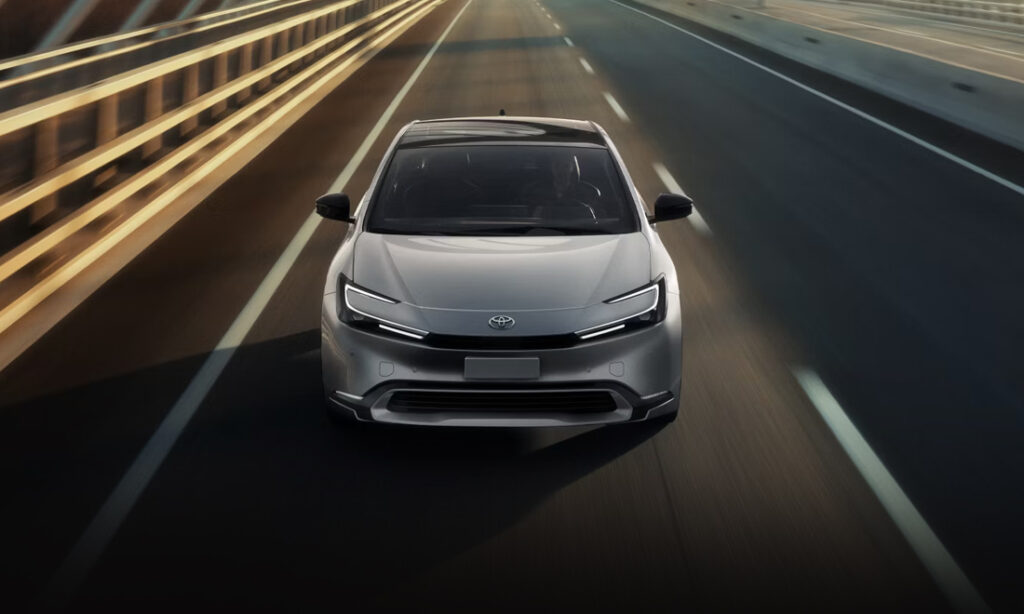
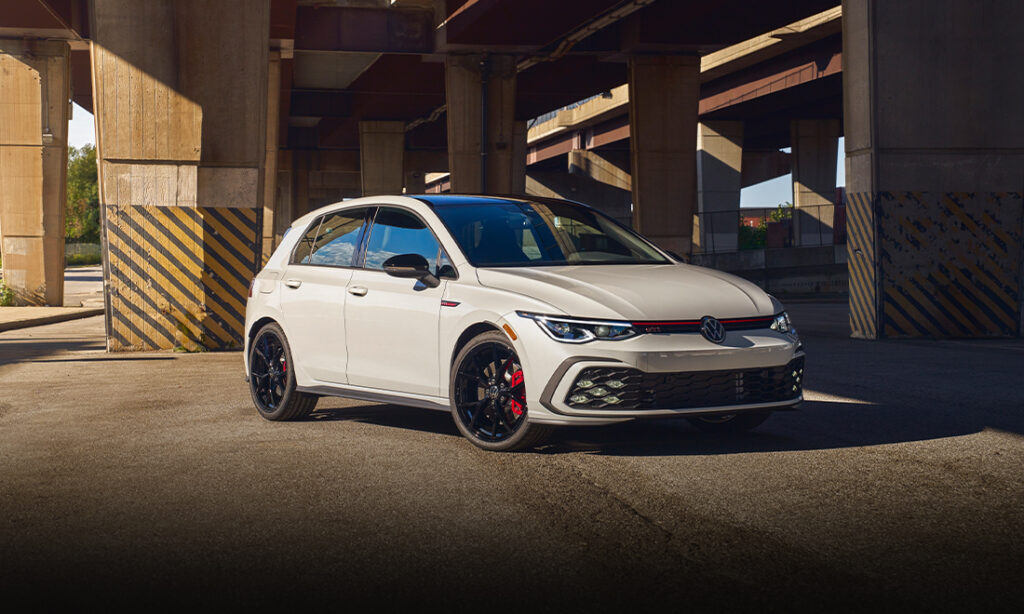
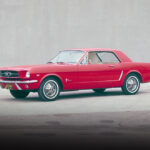




Luve z’s I’ve owned 3 of them 73 240. 74 260 and I currentlly own a 78 280. Great cars so fun to drive. Wish I still had my 240 it was rearended by a Cadillac.
Sorry to hear it was rear-ended, but that’s great you still own a Z! Thanks for visiting our article!
ordered a brand new Z car from Plunkett Datsun in Little Rock, AR in September of 1971. Dock strike was on, didn’t get my Z until April, 1972. I ordered red with white interior. Was put on a waiting list with 14 people ahead of me and as your name came up to top spot on the list and a car was received by the dealership, you were called to accept or decline. I got a call about a green one, I declined. A few weeks later got a call about a burnt orange with black interior. I accepted. Have no idea who got my red car, I was ready to ride.
This is great, thanks for sharing Paco!
I had a ‘73 240Z. Not the best quality at that time as it rusted badly. Had issues with what appeared to be vapor locks after running, letting it sit, then trying to restart. Later found out in a Road & Track Q&A that there was a recall on the twin carbs. Today I am loving my 2024 Z Performance model!
Enjoyed your posting. Just bought my 5th Z, the new [“There’s no number in the model name”] 2023 Z. Of all the Z’s, my favorite will always be my 1972 (the best year they ever made) 240Z, which I had for 31 years, but had to give it up when I ran outa’ money after sinking $12K into its restoration. Getting another 240 (or better still, my own 240, if it had been fully restored) would be the ONLY reason I’d invest in lottery ticket.